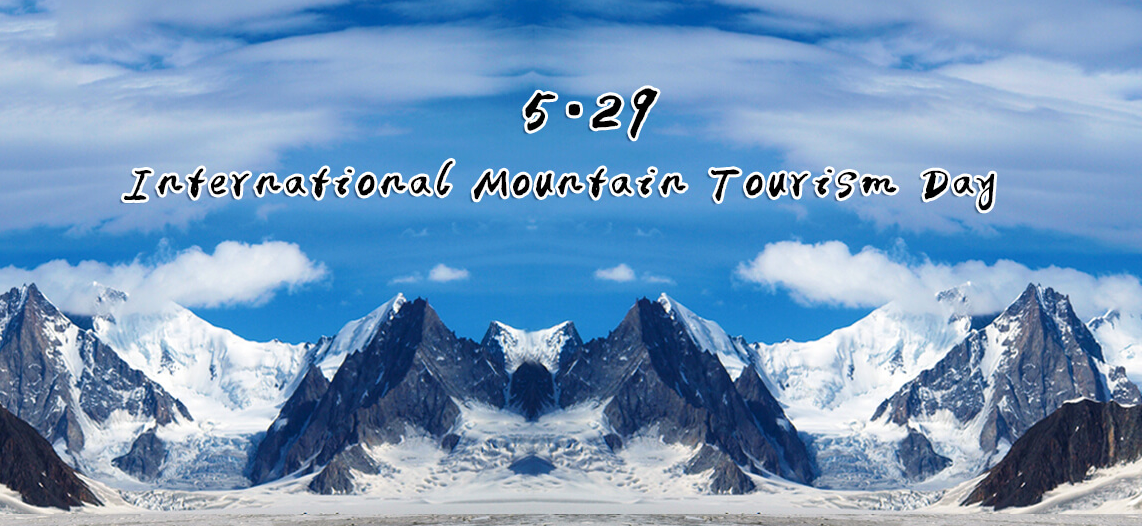Hello everybody! I'm Mr. Mountain. Today,I'll tell you the definition of Mountain Tourism Destinations.
Combined with the results of academic research on the definition of mountain tourism destinations, mountain tourism destinations can be defined as areas where people can fully enjoy their leisure time by using mountains and their significant gradient effects to conduct one or more types of tourism, leisure, and/or outdoor experiential activities in integrated regional ecosystems involving both natural and artificial elements.
These areas can be sorted into both broad and narrow categories. In a broad sense, mountain tourism destinations include key central areas for various mountain leisure activities, as well as supporting areas for these activity. The narrow definition of mountain tourism destinations covers only core areas for various mountain leisure tourist activities.
At present, the academic community has not formed a unified consensus on the definition of mountain tourism destinations. According to the current state of international research, mountain tourism destinations can be divided into the following categories:
(1) Sightseeing mountain destinations. Most of these are mountainous areas with one or more types of distinct scenery. They largely consist of summer resorts, with some also featuring winter tourism. Mount Huangshan, Mount Lushan, Mount Emei and Mount Tianshan are all typical Chinese representatives of this category, and Japan’s Mount Fuji is also famous for its beautiful scenery. In recent years, Mount Huangshan and Mount Lushan have not only been focused on summer tourism activities, and now actively carry out three-dimensional snow viewing activities in winter as well, and this has won a positive response from the market.
(2) Mountaineering tourism destinations. Mount Qomolangma (Everest), the Alps, the Rockies, Mount Kilimanjaro are all world-famous sites for mountaineering tourist activities. Generally speaking, these are mountains suitable for professional and/or amateur mountain exploration/traversal activities, such as mountaineering and hiking. They are generally tall and steep, towering into the clouds, and capped with snow year- round. These mountains must also be possessed of certain additional conditions, such as key transportation equipment, mountaineering bases, supplies, guides, and other related items. For example, Nepal is a mountainous country highly suitable for climbing activities, and has incomparable advantages in these aspects. This allows it to attract numerous mountaineering and adventure tourists to climb its peaks each year.
(3) Ski vacation tourist destinations. These are mainly used as destinations for winter tourism activities, allowing tourists to go skiing over their winter vacations. Skiing mountains are usually equipped with modern facilities such as ropeways and elevators, allowing tourists to take part in skiing and winter sport activities more easily. In recent years, China has opened a number of ski resorts in some mountainous areas of its northeastern region, and has set up strong facilities to do so.
(4) Comprehensive mountain tourism destinations. These are mountainous tourist sites which not only possess natural or cultural resources, but are also used as places for outdoor mountain-themed activities such as mountaineering and skiing. Comprehensive mountain tourism destinations are increasingly developing toward the direction of fully rational and comprehensive year-round utilization.














